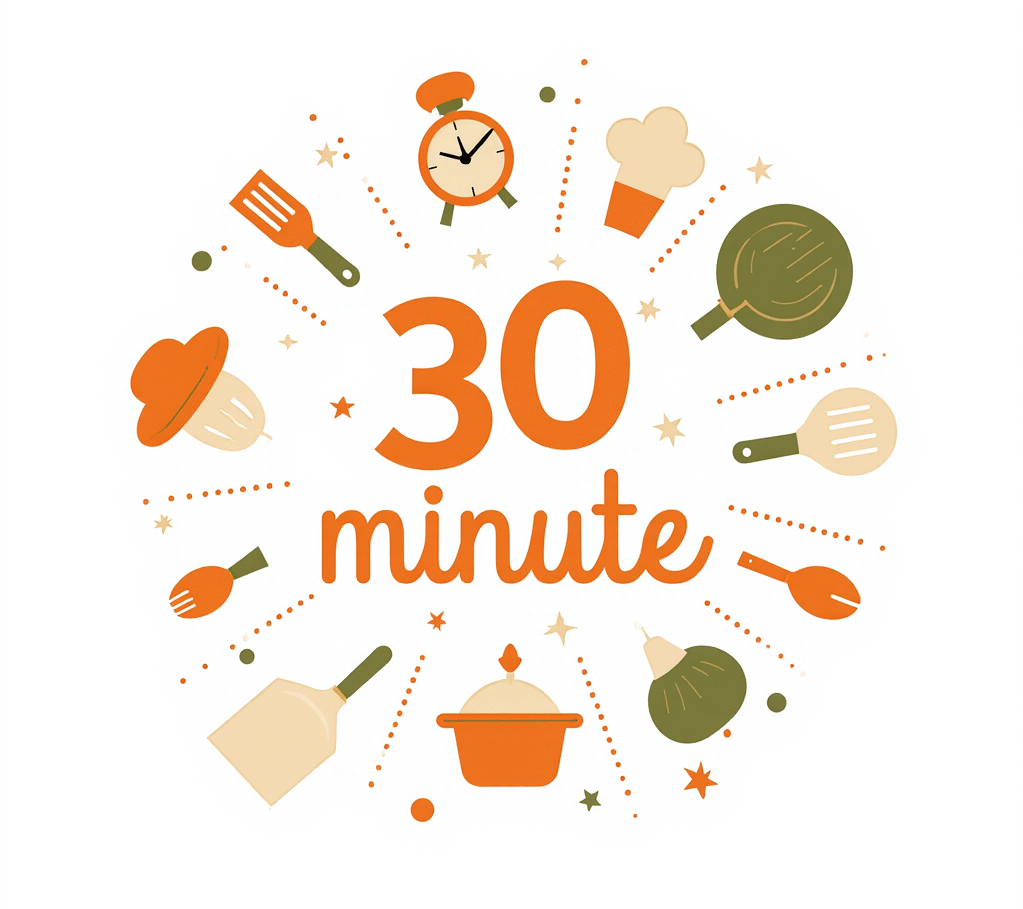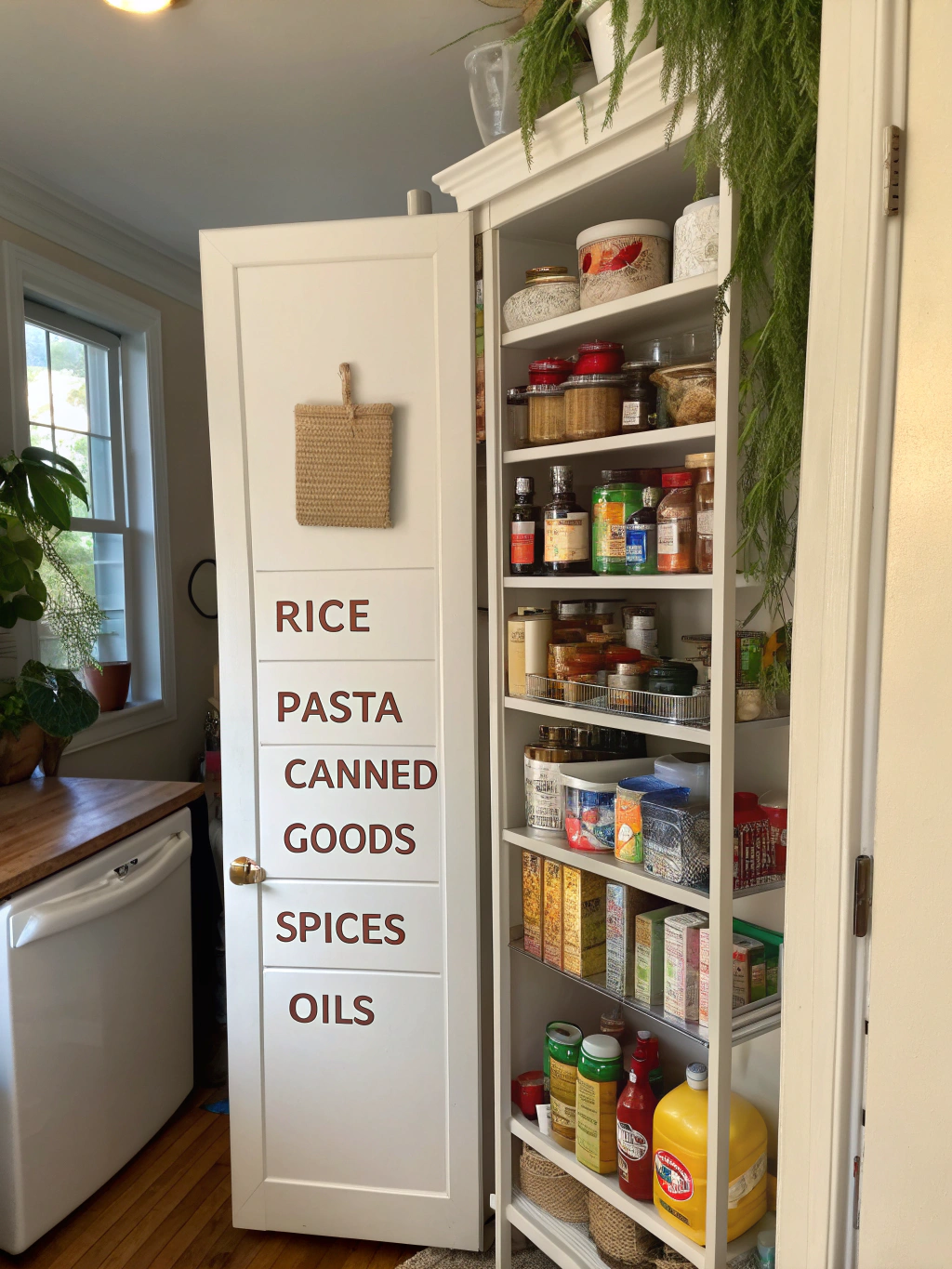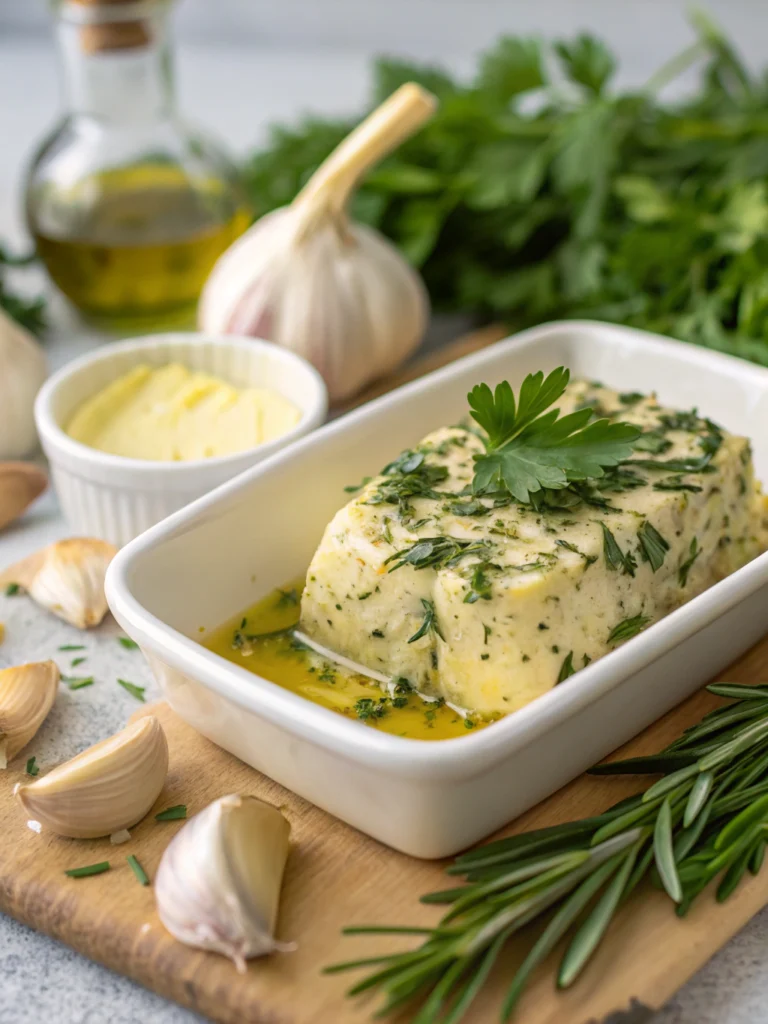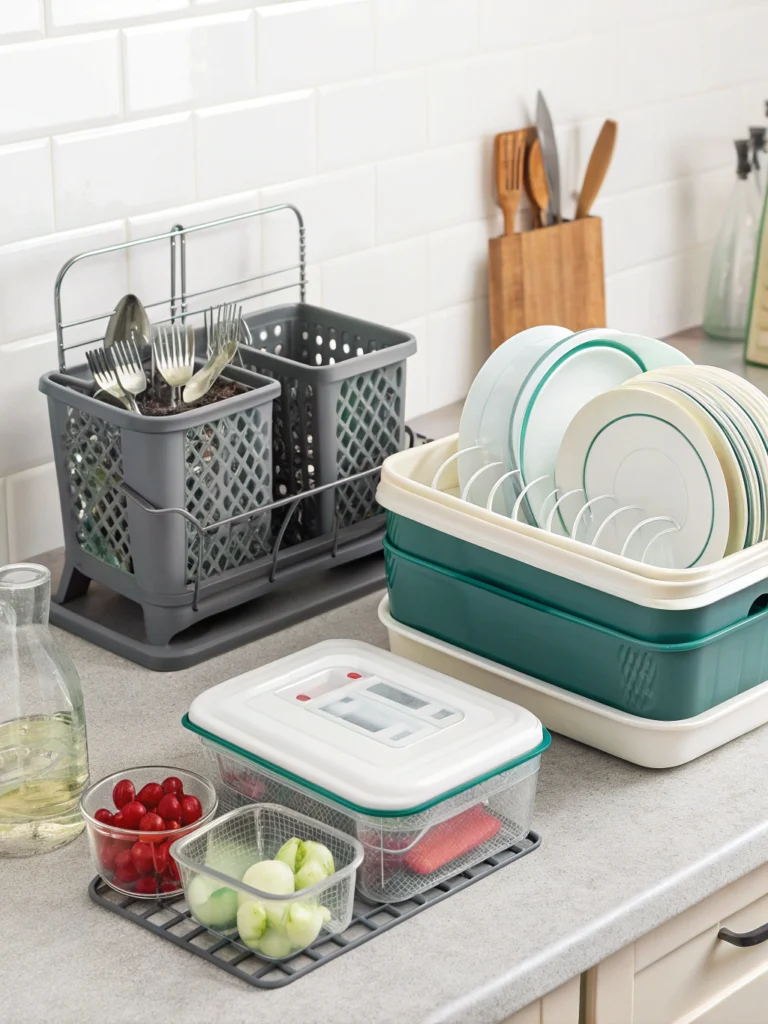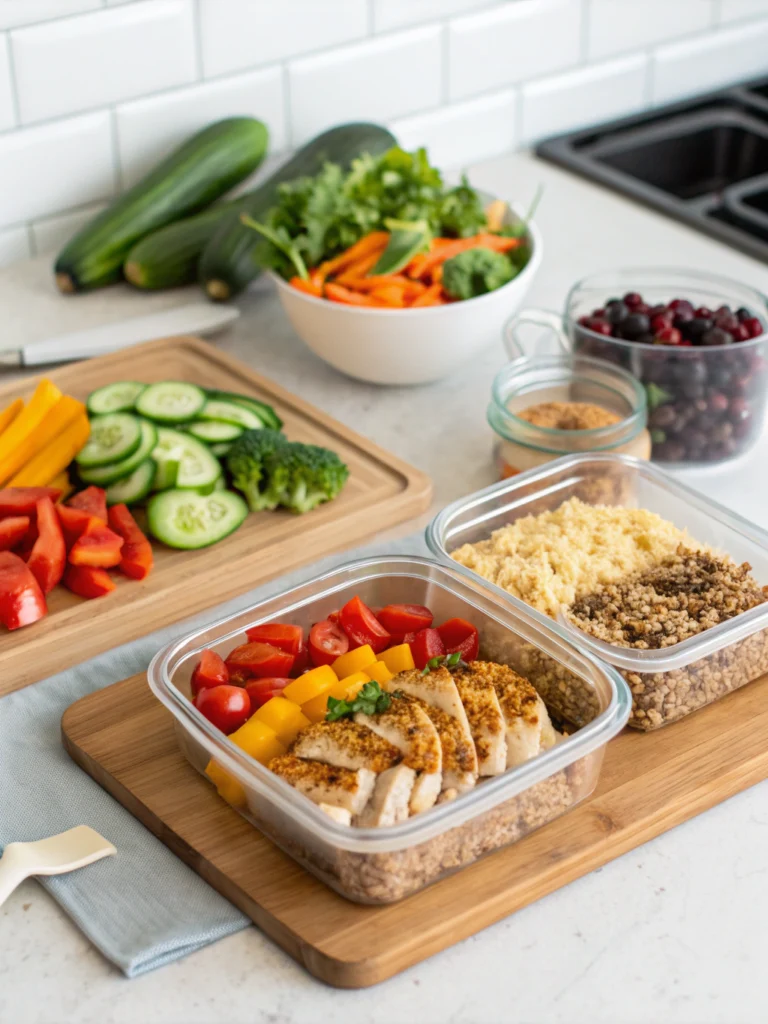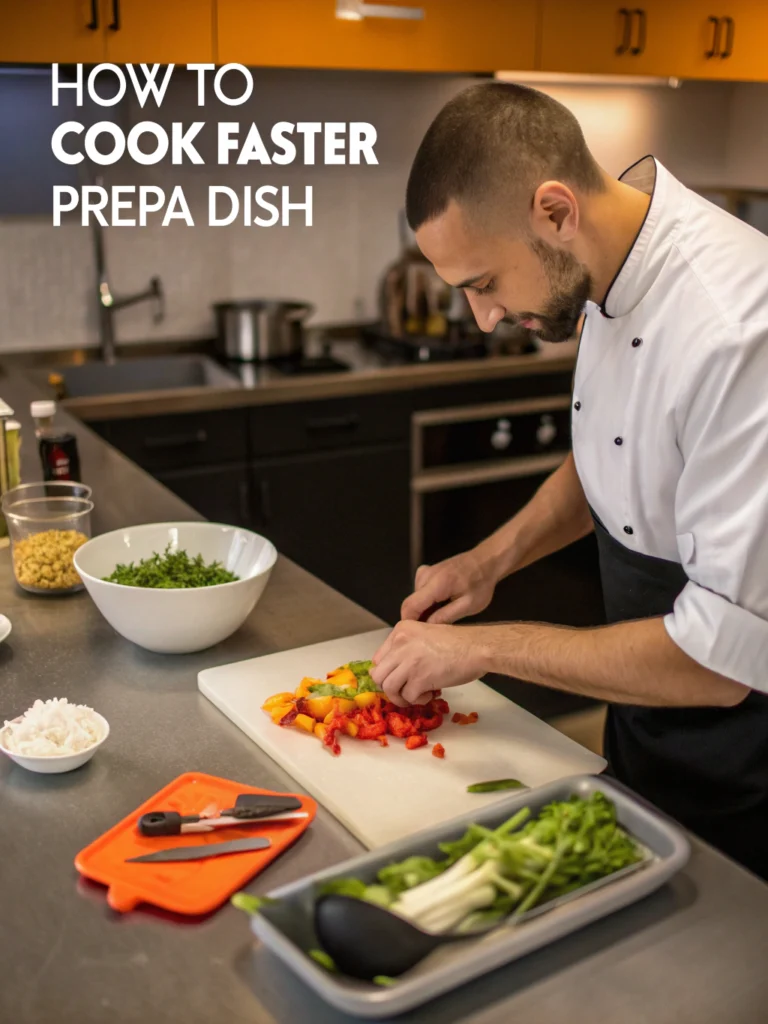50 Essential Pantry Staples for Quick 30-Minute Meals
Table of Contents
Introduction
Did you know that the average American spends 37 minutes preparing dinner each night, yet 43% of us still feel we don’t have enough time to cook healthy meals? The secret to breaking this cycle isn’t complicated recipes or expensive ingredients—it’s having a well-stocked pantry. With the right pantry staples list, you can transform ordinary evenings into culinary adventures without the stress. Whether you’re a busy professional, a parent managing hectic schedules, or simply someone who values efficiency in the kitchen, these 50 essential items will revolutionize your approach to weeknight cooking.
Ingredients List
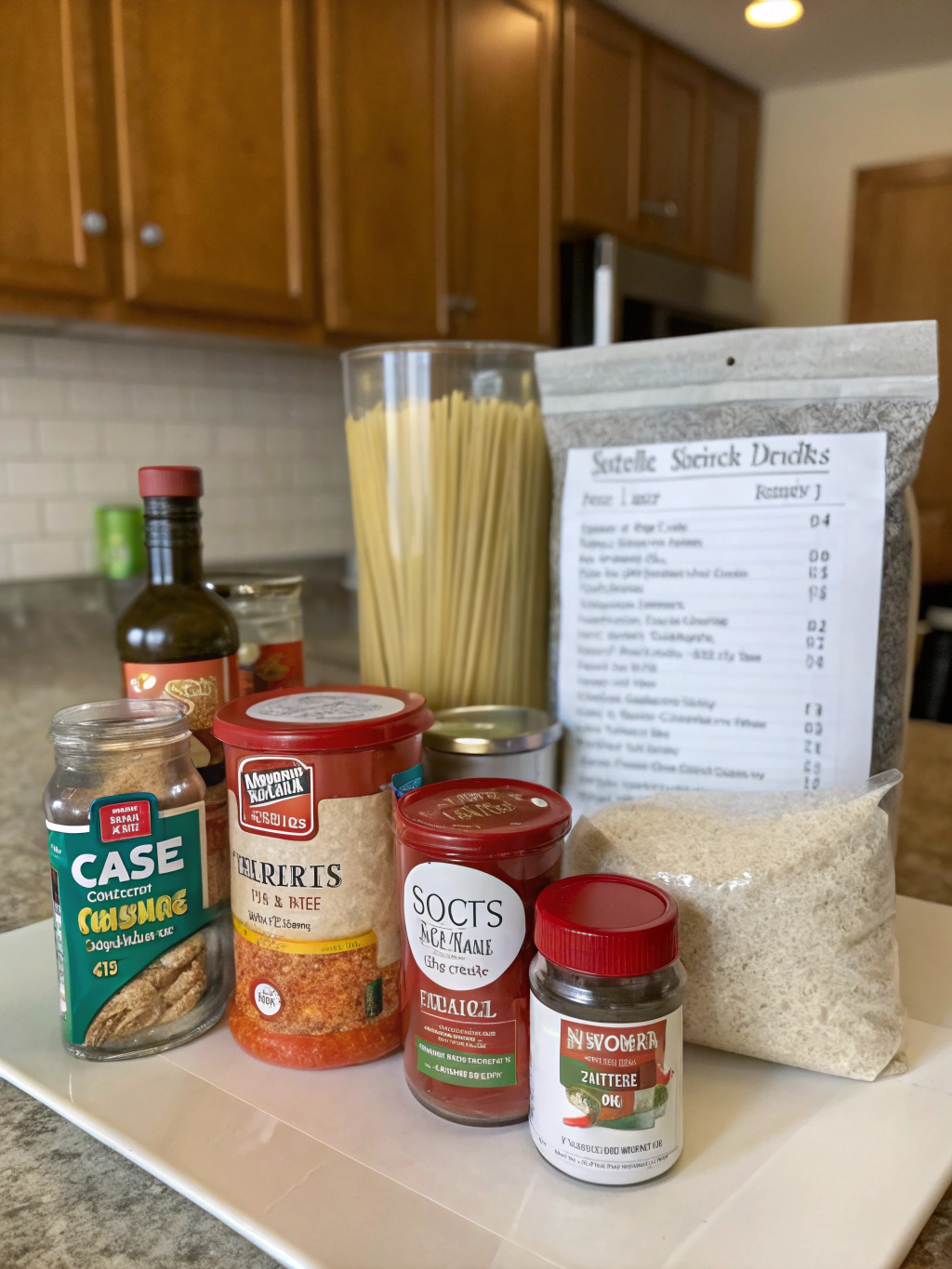
Grains and Carbohydrates
- Long-grain white rice (substitute: brown rice for more fiber)
- Quinoa
- Pasta (variety of shapes)
- Couscous (instant)
- Rolled oats
- Breadcrumbs (panko and regular)
- Corn tortillas (freeze for longevity)
Proteins
- Canned tuna in water or olive oil
- Canned salmon
- Canned beans (black, kidney, chickpeas)
- Lentils (red cook faster than green)
- Nut butters (peanut, almond)
- Nuts and seeds (almonds, walnuts, sunflower seeds)
- Dried or frozen edamame
Oils, Vinegars, and Condiments
- Extra virgin olive oil
- Neutral cooking oil (canola or grapeseed)
- Sesame oil
- Balsamic vinegar
- Rice vinegar
- Soy sauce or tamari
- Hot sauce
- Dijon mustard
- Mayonnaise
- Ketchup
- Honey or maple syrup
Canned and Jarred Goods
- Diced tomatoes
- Tomato paste
- Marinara sauce
- Coconut milk
- Chicken or vegetable broth
- Olives
- Roasted red peppers
- Artichoke hearts
- Capers
Dried Herbs and Spices
- Salt (kosher and sea salt)
- Black peppercorns (with grinder)
- Garlic powder
- Onion powder
- Italian seasoning blend
- Cumin
- Paprika (smoked and regular)
- Crushed red pepper flakes
- Cinnamon
- Curry powder
Aromatics and Long-Lasting Produce
- Garlic bulbs
- Onions (yellow and red)
- Shallots
- Ginger (fresh or tube)
- Lemons or limes
- Potatoes
Having these pantry staples list items on hand means you’re always prepared to whip up a satisfying meal, even when fresh grocery supplies are running low.
Timing
With these essentials, you can prepare nutritious meals in just 30 minutes or less. Research shows that organized pantries can reduce cooking time by up to 15 minutes per meal—that’s nearly two hours saved every week! By having these ingredients readily available, you’ll eliminate last-minute grocery store trips (which typically add 45 minutes to meal preparation) and streamline your cooking process significantly.
Step-by-Step Instructions
H3: Take Inventory and Organize
Before stocking up, assess what you currently have. Remove expired items, clean shelves, and group similar products together. Studies show that organized pantries reduce food waste by 25% and save households an average of $1,500 annually on grocery bills.
H3: Purchase Quality Containers
Invest in airtight containers for staples like rice, pasta, and beans. Not only do they extend shelf life by up to 6 months, but transparent containers also make it easier to monitor inventory levels, reducing the chance of purchasing duplicates.
H3: Create Zones Based on Meal Types
Arrange your pantry in “meal solution” zones. For example, group pasta, canned tomatoes, and olive oil together for quick Italian dinners. This system reduces decision fatigue and can save up to 7 minutes when preparing meals.
H3: Implement a Rotation System
Use the “first in, first out” method by placing newer items behind older ones. This simple strategy reduces food waste by ensuring items are used before expiration and can save the average household $85 monthly.
H3: Maintain a Running List
Keep a pantry inventory app or magnetic notepad nearby to note items as they run low. This proactive approach ensures you’ll never be caught without essential ingredients and reduces impulse purchases by approximately 23%.
Nutritional Information
A well-stocked pantry supports balanced nutrition without sacrificing convenience. For example, canned beans provide approximately 7-8g of protein per half-cup serving while delivering essential fiber (7-8g). Whole grains like quinoa offer complete proteins (8g per cup) along with essential minerals like magnesium and zinc. Nuts and seeds deliver heart-healthy fats, with almonds providing 14g of monounsaturated fat per ounce, shown to reduce LDL cholesterol levels by up to 10% when consumed regularly.
Healthier Alternatives for the Recipe
Transform your pantry into a health-supporting resource with these simple swaps:
- Replace white rice with brown rice or quinoa for 3x more fiber
- Choose low-sodium or no-salt-added canned goods (reduces sodium by up to 40%)
- Opt for whole grain pasta instead of refined (increases fiber by 5-7g per serving)
- Select natural nut butters without added sugars or oils
- Use unsweetened coconut milk to reduce sugar intake by 5-7g per serving
- Choose olive oil over vegetable oils for better omega fatty acid ratios
These alternatives maintain the convenience factor while significantly improving nutritional profiles without compromising flavor.
Serving Suggestions
Transform your pantry staples into impressive meals with these flexible combinations:
- Mediterranean Bowl: Quinoa + chickpeas + olive oil + lemon + dried herbs + canned artichokes
- Asian-Inspired Stir-Fry: Rice + frozen edamame + soy sauce + sesame oil + canned water chestnuts
- Mexican Fiesta: Black beans + rice + canned tomatoes + spices + corn tortillas
- Italian Night: Pasta + marinara + canned tuna + olives + capers
These versatile combinations can be adapted based on preferences and what’s available in your refrigerator.
Common Mistakes to Avoid
Avoid these common pantry pitfalls that research shows affect 67% of home cooks:
- Buying in bulk without consideration for shelf life (wastes an average of $43 monthly)
- Storing oils near heat sources (reduces shelf life by 50%)
- Neglecting to check expiration dates (the average pantry contains 8-12 expired items)
- Storing spices above the stove (heat and moisture degrade potency by 40% within months)
- Leaving grains and pasta in original packaging (increases susceptibility to pests by 78%)
Storing Tips for the Recipe
Maximize your pantry investment with proper storage techniques:
- Store nuts and seeds in the refrigerator to extend shelf life by 3-6 months
- Keep flour and grains in airtight containers to prevent pest infestations
- Place dried herbs and spices away from heat and light to maintain potency up to 3x longer
- Store oils in dark, cool locations to prevent rancidity (extending usability by 4-6 months)
- Use bay leaves in grain containers as a natural deterrent for pantry moths
Conclusion
A strategically stocked pantry isn’t just about convenience—it’s a powerful tool for healthier eating, reduced food waste, and significant time savings. By investing in these 50 essential pantry staples, you’re setting yourself up for culinary success, even on your busiest days. The average household that maintains these basics reports saving over $2,400 annually on takeout and reduces weeknight cooking stress by 62%. What pantry staple will you add to your shopping list today? Start building your personalized pantry system and transform your everyday cooking experience.
FAQs
How long do dried herbs and spices really last?
While they don’t technically expire, dried herbs lose potency after 1-3 years and ground spices after 2-3 years. Whole spices can last 3-4 years. For maximum flavor, replace herbs annually and spices every two years.
What’s the difference between stock and broth in my pantry?
Stock is made primarily from bones, creating a richer mouthfeel from gelatin, while broth is made from meat and vegetables. For quick cooking, either works well, though broth typically has more pronounced flavor.
Can I substitute dried herbs for fresh in recipes?
Yes, but use 1/3 the amount called for fresh herbs since dried herbs are more concentrated. Add dried herbs earlier in cooking to allow flavors to develop fully.
How can I prevent pantry moths and other pests?
Store grains, flours, and pastas in airtight containers, clean spills promptly, place bay leaves in containers as a deterrent, and periodically empty and clean pantry shelves to break potential pest cycles.
What’s the best way to organize a small pantry space?
Use vertical space with stackable containers, door-mounted organizers, and pull-out drawers. Group items by meal type rather than food category to streamline meal preparation in limited spaces.
